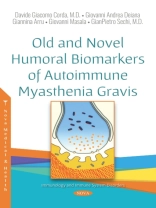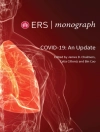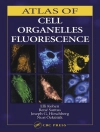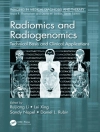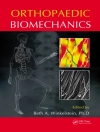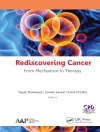Autoimmune Myasthenia Gravis (MG) is mediated by pathogenic autoantibodies to components of the postsynaptic muscle endplate at the neuromuscular junction. Due to the clinical heterogeneity of the disease, there is a great need for objective biomarkers for diagnostic as well as therapeutic purposes. Humoral biomarkers of MG can be divided into two categories: 1) autoantibodies; and 2) other immune-related molecules including inflammatory proteins, micro RNA, HLA genes.Regarding autoantibodies, the radio immuno assay (RIA) allows for the detection of Ig G1 and Ig G3 antibodies directed against the nicotinic acetylcholine receptors (ACh RAb) in 85% of the patients with generalized MG, but only in 50% of those with the ocular form. Treatment with acetylcholinesterase inhibitors is very helpful, although immunosuppressive therapy is frequently necessary. Thymoma or thymic hyperplasia can occur, implicating surgery. In ACh RAb negative generalized MG patients, a very variable percentage has Ig G4 antibodies towards muscle specific tyrosine kinase (Mu SKAb): typically, bulbar weakness is the first symptom often associated with neck and respiratory involvement. Acetylcholinesterase inhibitors are less effective and induce frequent side effects; first and second line suppressive treatments are commonly required. More rarely, Ig G towards low density lipoprotein receptor-related protein 4 (Lrp4Ab), agrin or cortactin are detected: if there are not associated ACh RAb or Mu SKAb, often patients present with milder forms of MG. Few patients have been demonstrated positive to ACh RAb or to other autoantibodies with the more sensitive cell based assay. Finally, titin and ryanodine receptor antibodies can occur in association with ACh RAb MG, indicating the possibility of thymoma or, in the context of late-onset myasthenia gravis, severe disease with a need for long-term immunosuppression and no response to thymectomy.In regards to immune-related molecules, two recent studies reported increased serum levels of a proliferation-inducing ligand (APRIL), cytokines IL-19, IL-20, IL-28A and IL-35, matrix metalloproteinase 10 (MMP-10), which is a member of the metalloproteinase family, transforming growth factor alpha (TGF-a), a growth factor that has important roles for epithelial proliferation and differentiation, and the extracellular newly identified receptor for advanced glycation end-products binding protein (EN-RAGE, also known as protein S100-A12), a protein that binds to calcium, zinc and copper. These three last proteins are involved in the cell cycle progression and differentiation, and play multiple roles in immunity response. Circulating micro RNAs (mi RNA) have been reported to be potential biomarkers in some MG patients; in particular, mi R-150-5p and mi R-21-5p for ACh RAb MG and the let7 family for Mu SKAb MG. These mi RNA are involved in the development of T- and B-cell autoimmune responses. Some HLA associations have been reported, such as DR3-B8-A1 in early onset ACh RAb MG and DR14, DR16 and DQ5 in Mu SKAb MG.Characterization of novel humoral biomarkers is a topic of great importance for diagnosis, prognosis and therapy of the various subgroups of MG, although it remains a partially fulfilled clinical need. Other serum biomarkers are currently the subject of active research.
Giannina Arru & Davide Giacomo Corda
Old and Novel Humoral Biomarkers of Autoimmune Myasthenia Gravis [PDF ebook]
Old and Novel Humoral Biomarkers of Autoimmune Myasthenia Gravis [PDF ebook]
Achetez cet ebook et obtenez-en 1 de plus GRATUITEMENT !
Format PDF ● Pages 202 ● ISBN 9781536138375 ● Éditeur Giannina Arru & Davide Giacomo Corda ● Maison d’édition Nova Science Publishers, Inc. ● Publié 2018 ● Téléchargeable 3 fois ● Devise EUR ● ID 6890224 ● Protection contre la copie Adobe DRM
Nécessite un lecteur de livre électronique compatible DRM
